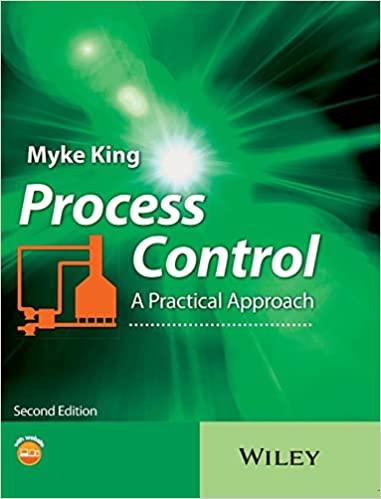Question
. An isolated unexcitable cell has a resting membrane potential of -60 mV. A neuroscientist studying this cell injects it with an electrical current equal
. An isolated unexcitable cell has a resting membrane potential of -60 mV. A neuroscientist studying this cell injects it with an electrical current equal to +0.2 nA and observes that the membrane potential rises to -50 mV. The experimenter calculates the total membrane conductance of the cell from this data, and then adds a Na+ blocker to the medium, which is not 100% effective, so that GNa+ becomes only 10 times lower than it was before. Unexpectedly, both GK+ and GCl- are also affected by this Na+ blocker, becoming 20% higher and 30% lower, respectively, than before. The observed change in the membrane potential upon injection of the same current in the presence of the Na+ blocker is (Vm )Na+ blocked = +20 mV. Then, a very selective and effective K+ blocker was added to the medium (without removing the first blocker), eliminating the conductance for K+ ions completely. The observed change in the membrane potential upon injection of the same current in the presence of the Na+ and K+ blockers is (Vm)Na+/K+ blocked = +40 mV. Find the values of the Na+, K+, and Cl- ion conductances before the blockers were added
Step by Step Solution
There are 3 Steps involved in it
Step: 1

Get Instant Access to Expert-Tailored Solutions
See step-by-step solutions with expert insights and AI powered tools for academic success
Step: 2

Step: 3

Ace Your Homework with AI
Get the answers you need in no time with our AI-driven, step-by-step assistance
Get Started


